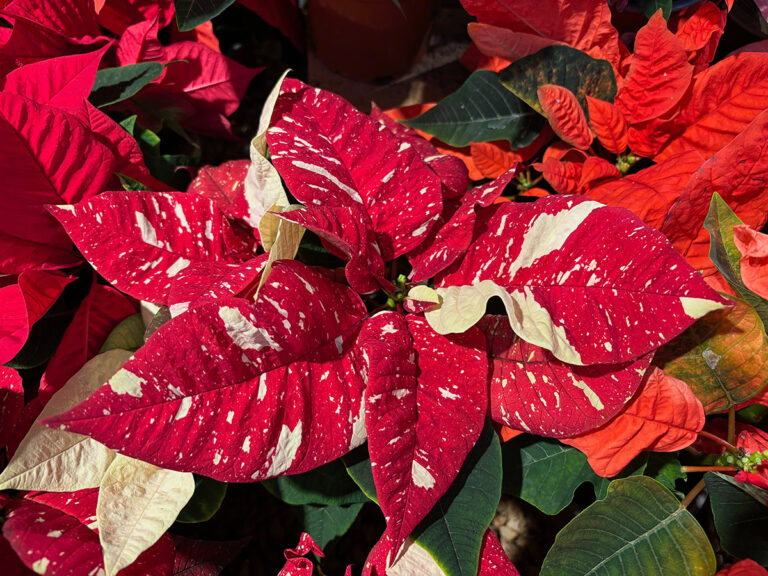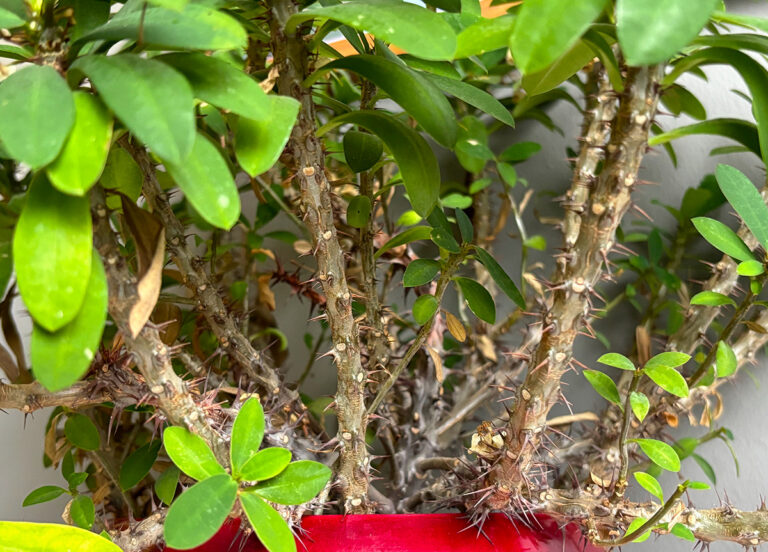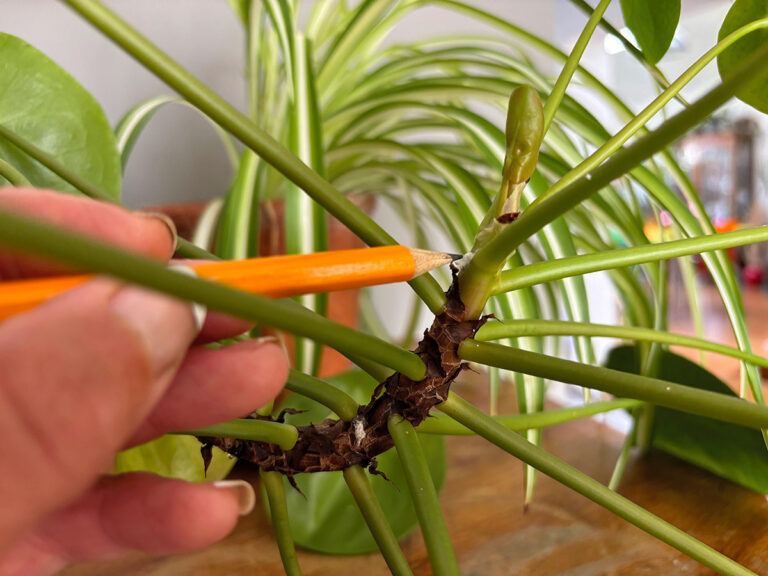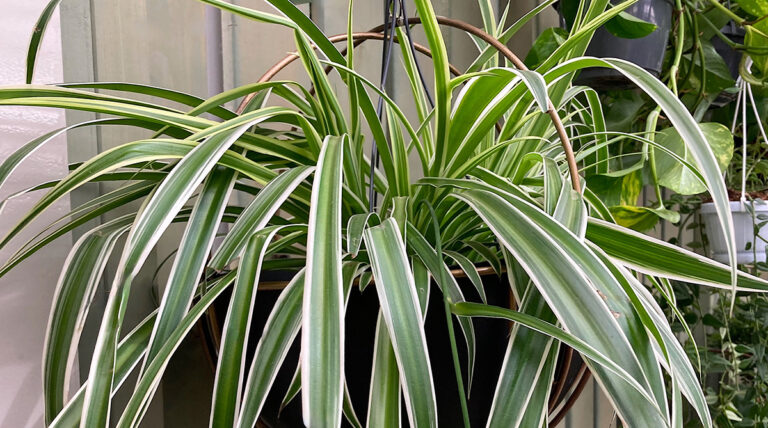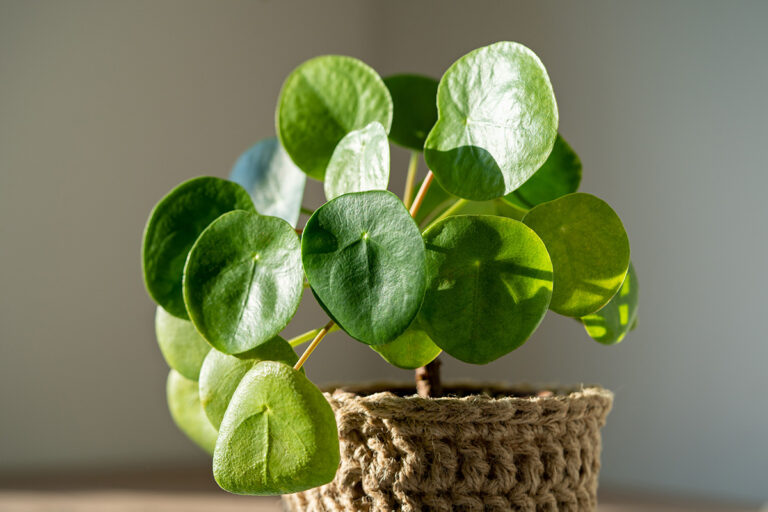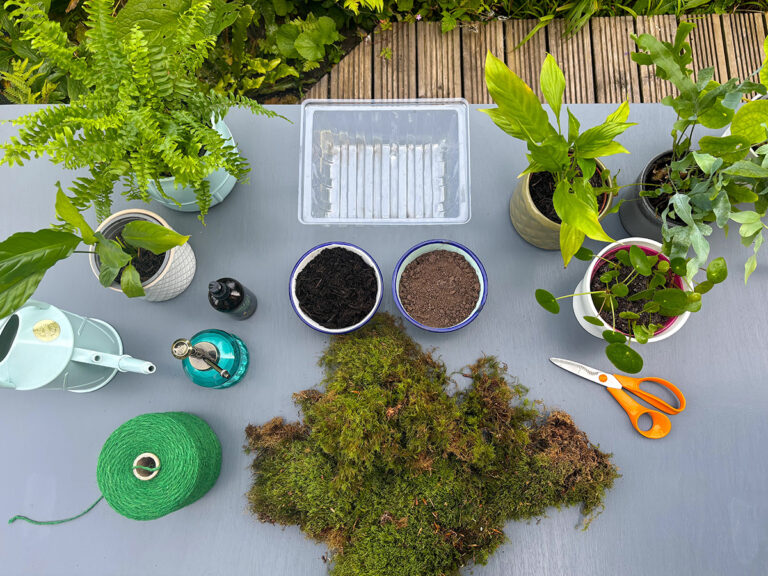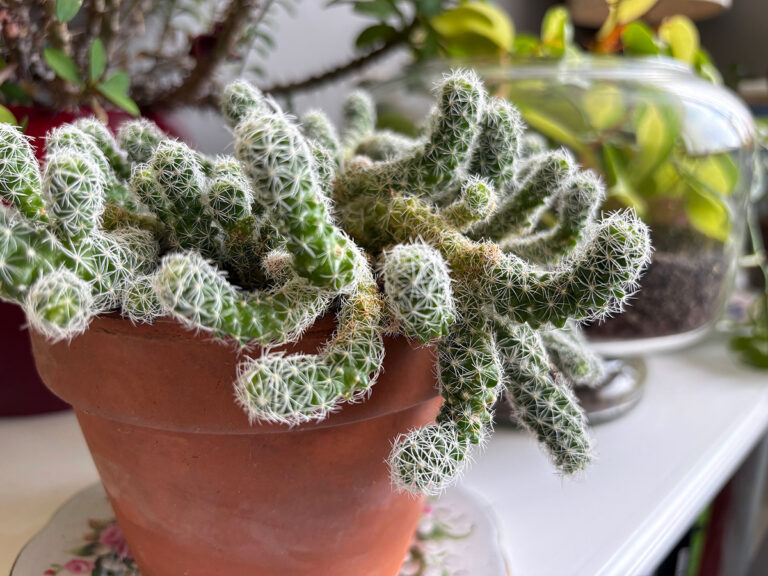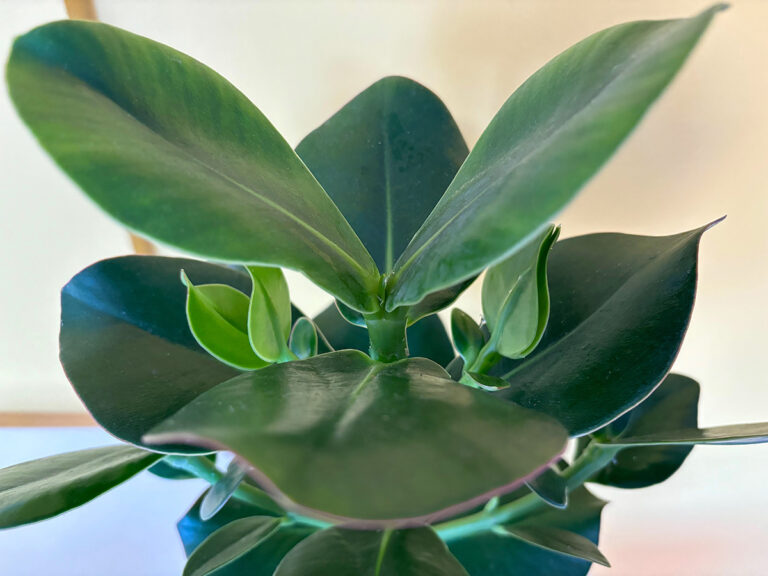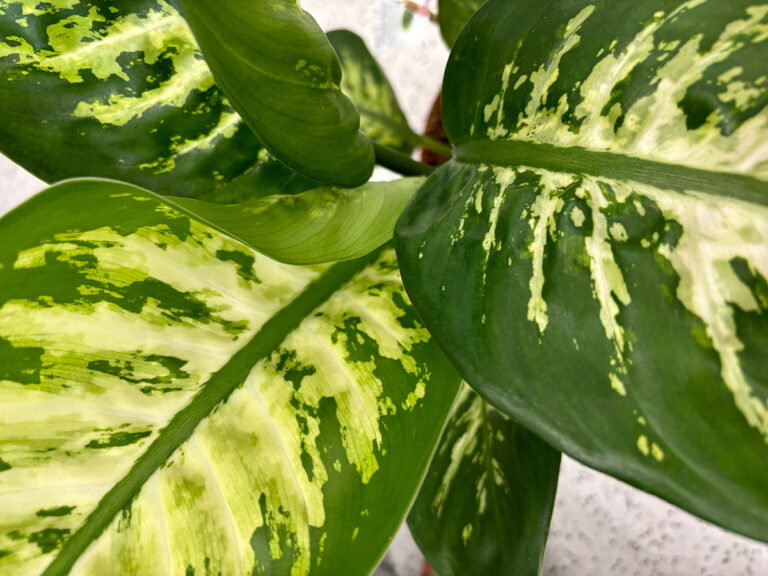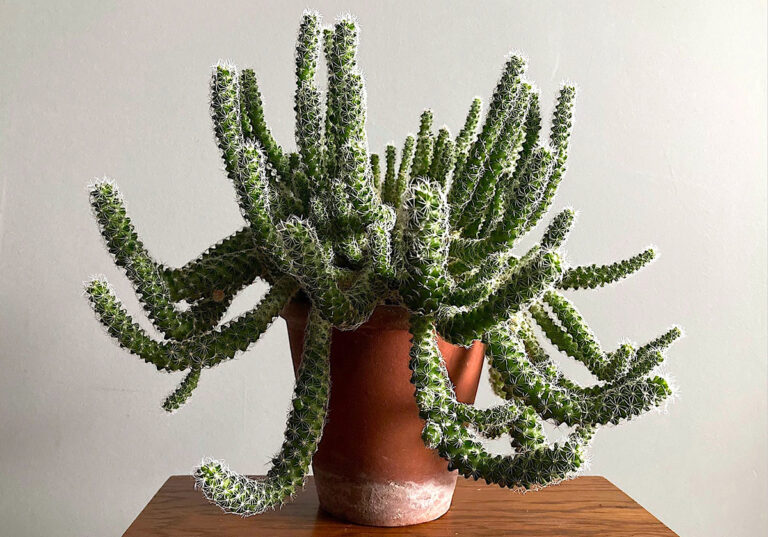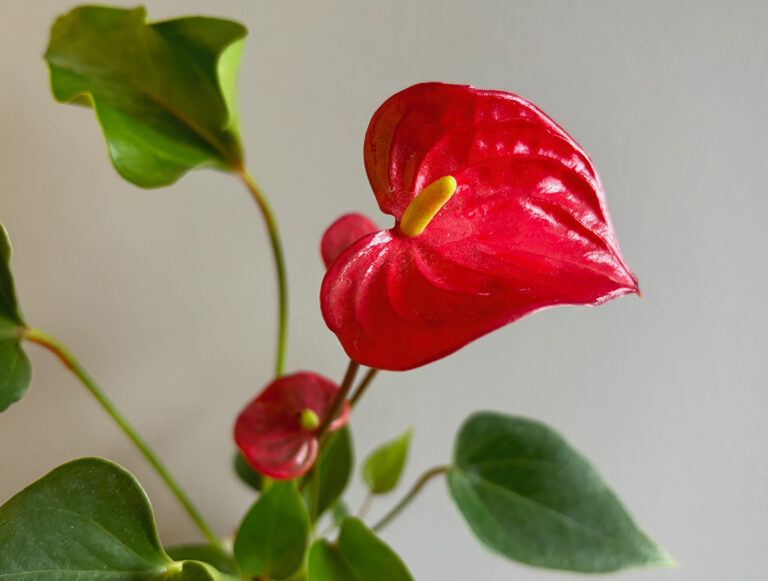We all need a break and as the summer holidays stretch out before us the wanderlust bug is difficult to resist, but when you are a houseplant parent there can be anxiety about leaving your precious plants to fend for themselves for a couple of weeks. So what can we do to cut down the possibility of coming home to a room full of dead plants?
Holiday checklist – light, water, feed
The day before departure, dedicate time to pampering your houseplants so you can walk out the door with a free conscience. Water and feed all your houseplants thoroughly. Give large potted plants a good soak from a watering can but smaller pots can be completely submerged in a bucket or sink of rain water. Add Plantsmith Fortifying Houseplant Feed & Tonic and dunk the entire pot under the water. Wait for the air bubbles to stop bubbling, this indicates air pockets are being replaced by water so all the soil is getting a thorough soaking which is great for roots. Submerging your potted plants is also a quick way to remove dust from leaves.
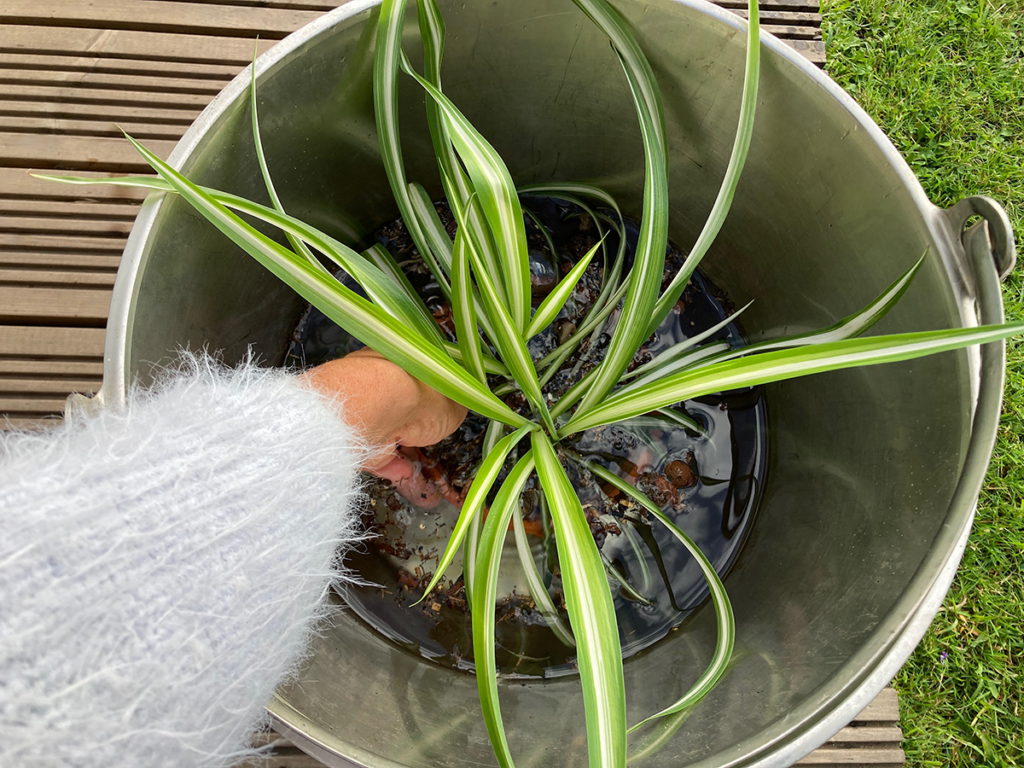
Although houseplants need light to photosynthesise it is wise to move them away from hot spots until you return. If there is a period of hot weather whilst you are away the warm sun will quickly evaporate moisture, drying out your plants faster so move them to a spot with indirect light where the temperature will be more consistent.
Wicking
Wicking is one of the simplest forms of irrigation and could keep your plants ticking over nicely rather than slowly dehydrating.
This do-it-yourself irrigation system is very cheap and easy to install. Simply fill a container with rainwater and buy a length of cotton or nylon rope or cut cotton fabric into long strips. Place the water-filled container slightly higher than your houseplant pots and put one end of the material in the water, burying the other end in the pot’s soil. Water will slowly seep along the material creating a capillary action which waters the soil. Simple but effective. The larger the water-filled container, the longer your plants will be watered for and multiple plants can be watered from the same container.
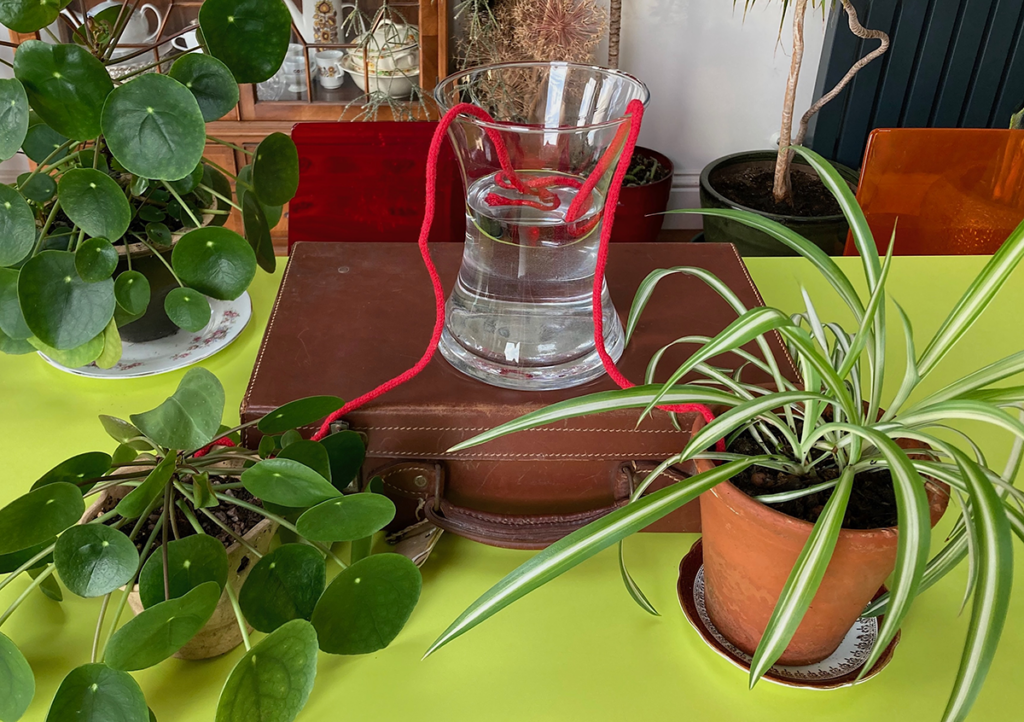
Plant pots could also have a drip feeder, watering globes or be stood on capillary matting so they can draw up water from their base. Make sure terracotta pots have been watered first to activate drawing water up.
Group pots together
Grouping pots together will create a mini microclimate, increasing humidity, which will reduce the speed soil dries out. Grouping pots also makes a more dramatic display on a shelf, table or the floor so why not leave them like this when you return; just make sure you group together plants that have similar light requirements. Grouping also makes watering a bit easier as you can tackle more plants quickly in one space.
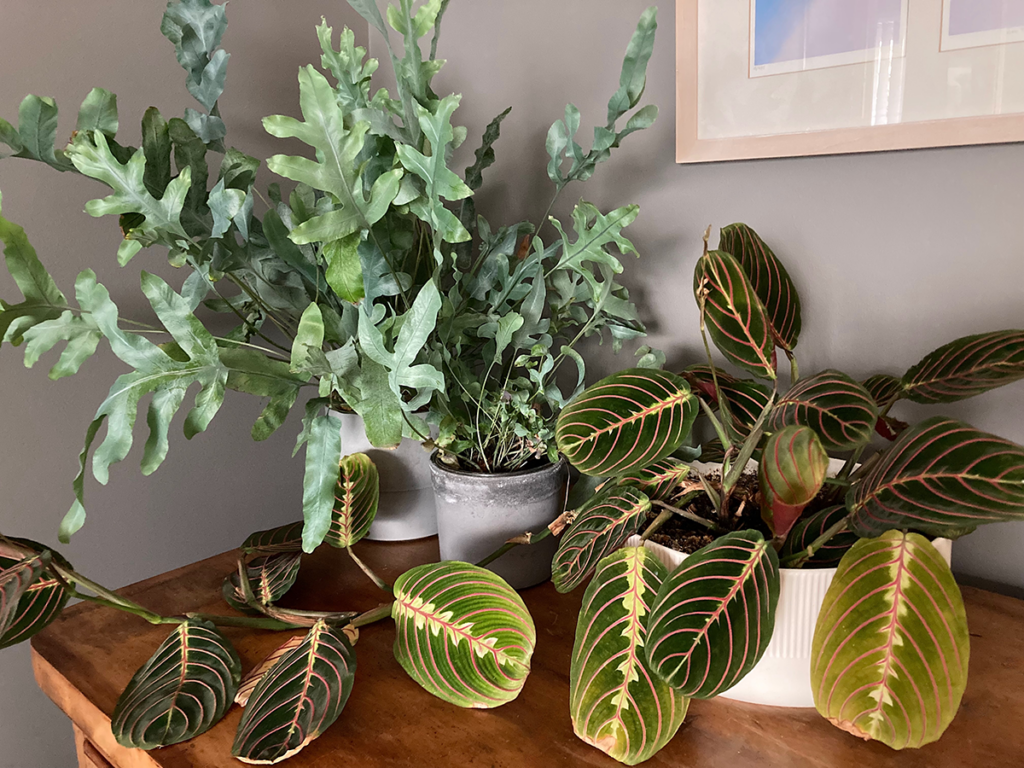
One thing to bear in mind is tightly packing plants together will reduce air flow and could increase the chance of pests and diseases like powdery mildew and grey mould, or fungus gnats and mealy bugs jumping from plant to plant so get the balance right between grouping and cramming.
Bugs
Final check, look out for pests. Bugs will have a field day whilst you are away if left unchecked so go round each plant looking for signs of mealy bugs, spider mites, fungus gnats and scale. Spray houseplants with Plantsmith Protecting Bug Control Spray to put pests off.
Ask a friend
If you really can’t stand the thought of leaving your plants home alone then call on a houseplant-loving friend to pop in and give your collection a water to keep them going till you are back. Make sure you brief them on how to water, not everyone has the same plant knowledge, and you could end up losing plants, killed by kindness, that have been left swimming in a moat!
Houseplant holiday
Give your houseplants a holiday. One way to ensure your beloved plants get light and water when you are away is to pop them outside. Our UK houseplants live outside all year round in their native countries so as long as there are no adverse temperatures forecast your houseplants are going to be pleased of the chance to bathe in the British summer.
Locate pots in a protected position out of strong winds; indirect sunlight is preferable so leaves do not scorch and soil does not dry out too quickly. Just be aware slugs and snails may find your houseplants very tasty; consider hanging small pots in trees in macramé hangers.
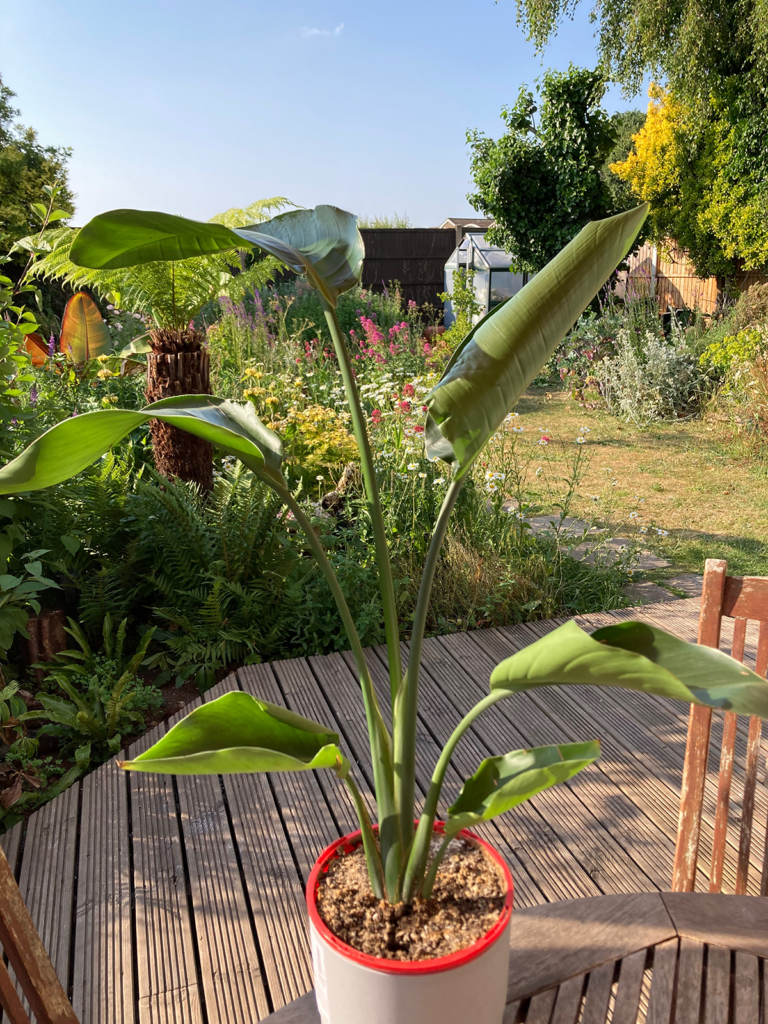
Relax
Relax and enjoy a stress-free holiday. Most houseplants will cope admirably without you and plants like cactus, succulents, the ZZ plant, and sansevieria thrive on drying out completely between waterings. You maybe surprised to find some of your houseplants have actually grown better whilst you are away, leaving them to just get on with it naturally rather than being fussed over.




